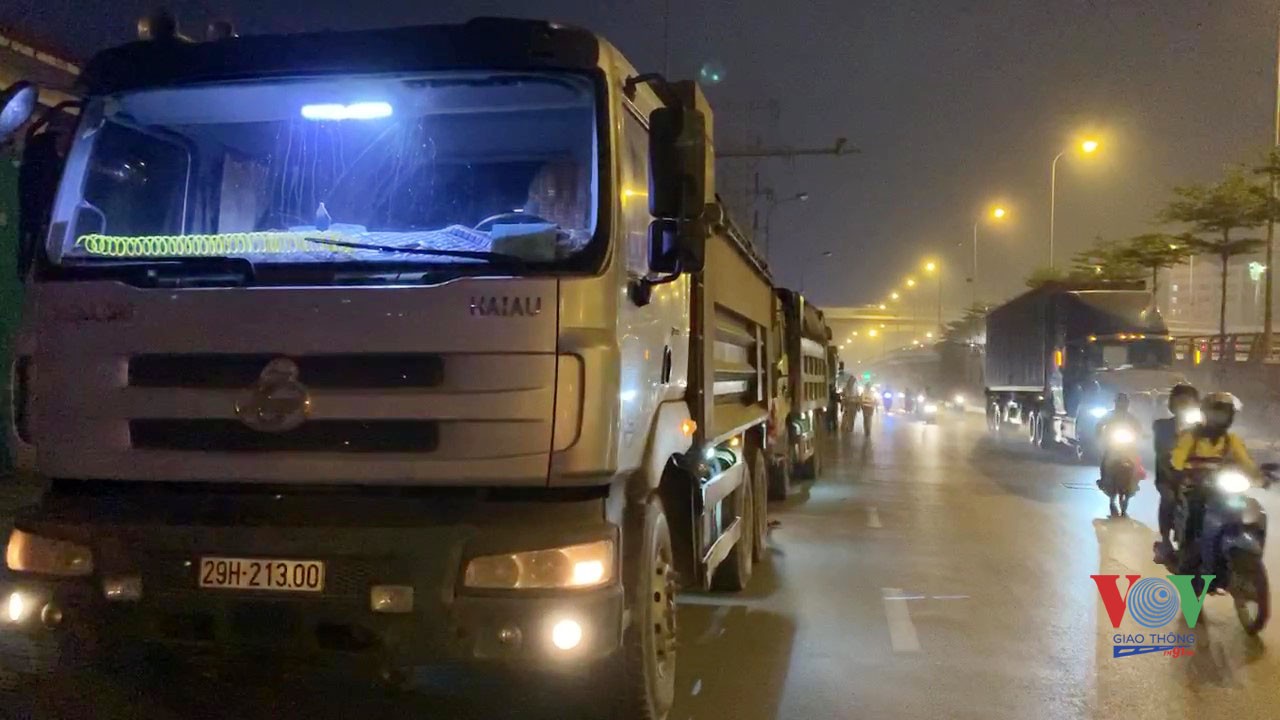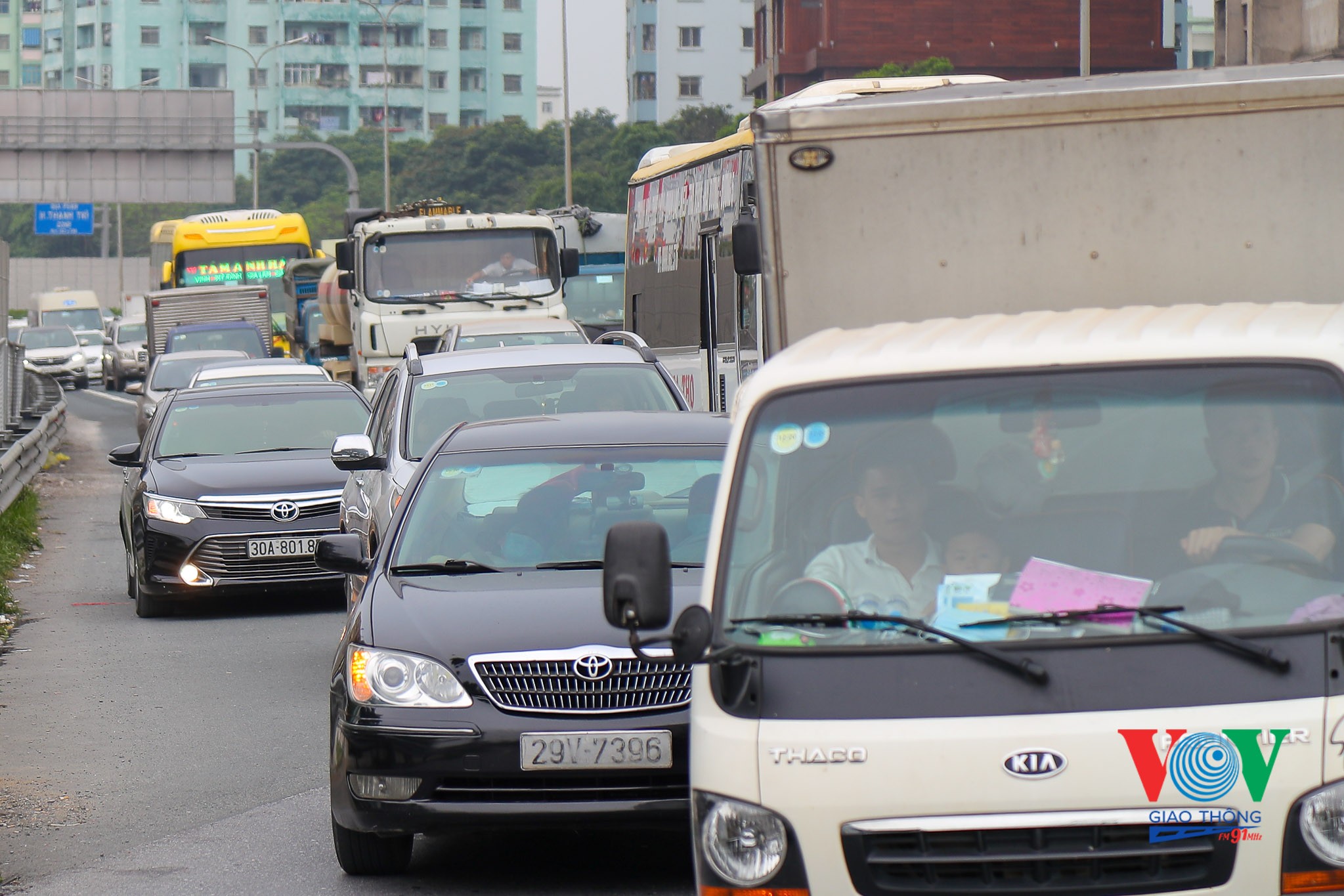 Truck co-pilot assisting the driver during cargo transportation.
Truck co-pilot assisting the driver during cargo transportation.
The role of a truck co-pilot is crucial in the road transport industry, assisting drivers in ensuring safe and efficient transportation. However, the current situation reveals several issues related to hiring and managing co-pilots, posing potential risks to road safety. This article analyzes the current state of the truck co-pilot profession in Vietnam and proposes solutions to address these issues.
The Current State of Hiring Truck Co-Pilots
 Transportation companies often allocate a sum of money to drivers to hire their own co-pilots.
Transportation companies often allocate a sum of money to drivers to hire their own co-pilots.
According to the Ho Chi Minh City Cargo Transportation Association, many businesses currently do not directly hire co-pilots but instead “allocate” a sum of money to drivers to find their own. This leads to a situation where some drivers, in an attempt to save costs, accept working excessively and increasing driving time to boost their income, posing a risk of traffic accidents.
This situation is common for container transport and some short-distance transport routes. Due to the shortage of drivers, transportation companies are forced to accept this situation to retain drivers.
Monitoring Working Hours of Drivers and Co-Pilots
The control of drivers’ working hours mainly relies on vehicle tracking devices. However, this method is not truly effective as some vehicles are installed for mere formality, failing to monitor the health of drivers and co-pilots. Some long-haul drivers admit to driving continuously for 6 hours per shift, or even driving alone and resting when tired, violating the regulation of driving 4 consecutive hours.
Proposed Amendments Regarding Truck Co-Pilot Regulations
Lawyer Pham Thanh Tai proposes supplementing regulations mandating the presence of service personnel on freight transport vehicles, similar to the current regulations for passenger transport vehicles. It is necessary to consider adding regulations on the number of drivers and service personnel for each type of vehicle and cargo, ensuring reasonable working and resting hours, and safeguarding the health of drivers and co-pilots.
However, some drivers argue that mandating the presence of a co-pilot will increase costs, affecting the profits and competitiveness of businesses. Therefore, if this regulation is added, it should only apply to specific groups of vehicles and should not be generally applied to all freight transport vehicles.
Fundamental Solutions to the Truck Co-Pilot Problem
To address the root cause of the problem and limit driver “harassment,” it is necessary to increase the supply of drivers, especially for heavy-duty trucks and container trucks. In addition, transportation companies need to more closely manage the health conditions of drivers, enhance health checks before and during transit.
Professor and Doctor Tu Sy Sua suggests that the addition of co-pilot regulations should be based on the tonnage and type of vehicle. Vehicles with small tonnage do not necessarily require a co-pilot, but vehicles with a large tonnage of 15 tons or more, or container trucks, should have one. Before adding regulations, a thorough survey should be conducted and appropriate limits should be set.
Conclusion
The truck co-pilot issue needs to be addressed thoroughly to ensure road safety and efficient transport operations. Adding regulations on co-pilots is necessary but requires careful consideration and the selection of appropriate regulations for each vehicle group, limiting the negative impact on the operations of transportation companies. Collaboration between regulatory agencies, transportation companies, and drivers is needed to find optimal solutions, ensuring a balance between economic benefits and road safety.
